
How to Thicken Soup Without Flour in 5 Simple Ways
Cooking can be exciting, and if you enjoy it as a do, you’ve probably found a number of ways to get around little disappointments like the lightness of soup and avoidable moisture. You can imagine my disappointment when I first had to deal with excess water in my soup some decades ago as I was hosting my first-ever Thanksgiving.
The years have gone past, and now, I can tell you about how my confidence has grown handling soups and other delicacies. I have learned a number of ways to get stews and soups into a creamier or thicker texture, but in this article, I will present five simple ways to thicken the soup without flour.
Why Soups Need to Get Thickened
Soups do not always require thickening because there was an error made in adding too much water. The presence of vegetables which let out much water like lettuce and spinach and the likes can make your soups watery if you do not pay particular attention to avoiding this.
Leafy green vegetables have high moisture content, and when they are cut or diced and added directly to soups, you can expect an increase in the water content.
Some particular soup recipes have provision for the use of thickening agents, and while this might be optional for some, it is very much part of the cooking process.
Here is my outline of the ways to thicken soups:
1. Immersion Blender
When you desire to have clear soups without the mix of flour and cornstarch, it might be better to consider blending part of the soup so that you can thicken the other parts.
Using an immersion blender works best if you are not keen to add other ingredients to your soup. An alternative to the immersion blender is the potato masher or a standard blender.
One thing to look out for is to make sure that there are no bones in your soups before blending to avoid any damage to the blender. Remove the bones and blend the soup as you desire.
You need to place the blender right into the pot of soup and get the pureeing going just as you desire. You will observe the process so that you can stop when your objective is reached. When you are through, stick the blender in the sink to wash off and store.
2. Coconut Milk
Coconut has tremendous health benefits so that no matter the part of this organic meal ingredient you choose to make use of, the benefits subsists. If you are not a calorie watcher, this will be a good option to explore if you need to thicken your soup.
Get your milk poured into milk frothier and power on so that it can become creamier before you add to your soup. Note that you need to watch the quantity you are using the overall milk to soup volume ratio has to be observed in order not to alter the taste and texture of the soup completely.
I have used coconut milk as a thickener for a variety of soups, and it always turned out sweet and smooth. You can source your coconut milk from the shelves or grate fresh coconut and filter to extract the milk.
3. Puree Your Stock and Vegetables
Vegetables need particular attention before starting out with them to use as a thickener for your soups. You need to strip off the tough fibres carefully before going further. Look out for the innards that lurk in vegetables and eliminate them. Also look out for seeds as these are a prominent feature in some veggies.
After pureeing your veggies, strain through a mesh sieve to secure the smooth flavour you desire. Drum sieves can also be used just by scooping bits at a time while you press gently. Make sure the bowl underneath the strainer is big enough and well-positioned to collect the smooth end.
Empty the smooth end into your pot of soup for the thickening effect.
4. Beans
Beans come in a can or raw form, and both present similar opportunities to thicken your soups as you desire with excellent outcome. I have used beans to thicken my Super Green Broccoli Soup to give you an example.
- When using the canned beans, add it to the hot soup stock and blend till they combine finely. Empty the mix back to your cooking pot to complete your soup preparation.
- Another option is to cook your beans along with the soup and after your determined interval, blend the mix thereafter.
- The beans slurry is a third option, and you can add a quarter measure of the canned beans of your choice to a quarter measure of your broth and blend. Add the mix back to your pot of soup and watch it thicken the entire mix. Once the beans get mixed, it comes up with a distinct milky flavour that will suit your palate.
5.The Incorporation of Nuts
Cashews, almonds, and peas provide a rich base of nuts that can be used for a variety of meals in a variety of ways.
- To use as a thickener, you need to get your nuts cooked before use and some prefer to have these blended to end up in pureed form before use.
- When using peanuts, make sure they are added to the runny stews and soups just as the cooking is almost completed. For the nuts to thicken the mix, allow for some time of waiting to finish the process.
- You can choose to have the nuts whipped using a wire whisk before adding to the soup, make sure you stir with a spatula for up to 2 minutes or more so that the mix can combine properly and smoothen.
Conclusion
If you have enjoyed the article on how to thicken soup without flour, kindly share to your social media pages so that your friends and family can benefit from these insights.
I will be glad to hear from you on how much you were able to put these insights to favourable use. Feel free to add your comments, questions, and recommendations by using the column at the end of this page.
Sign up to our Newsletter to get healthy recipes and my eBook “10 Easy Dessert Recipes ” for FREE.
Follow us on Facebook, Twitter, Instagram or Pinterest for more updates.
 | My name is Kristin, and I’m a housewife with big love for cooking. When I’m not bringing on the Food Network and attempting to become America’s Next Top Chef, I’m browsing online for unique recipes to awe my friends with. Now I ‘m a founder and main editor of Taste Insight, my blog about nutrition and vegetarian food! |
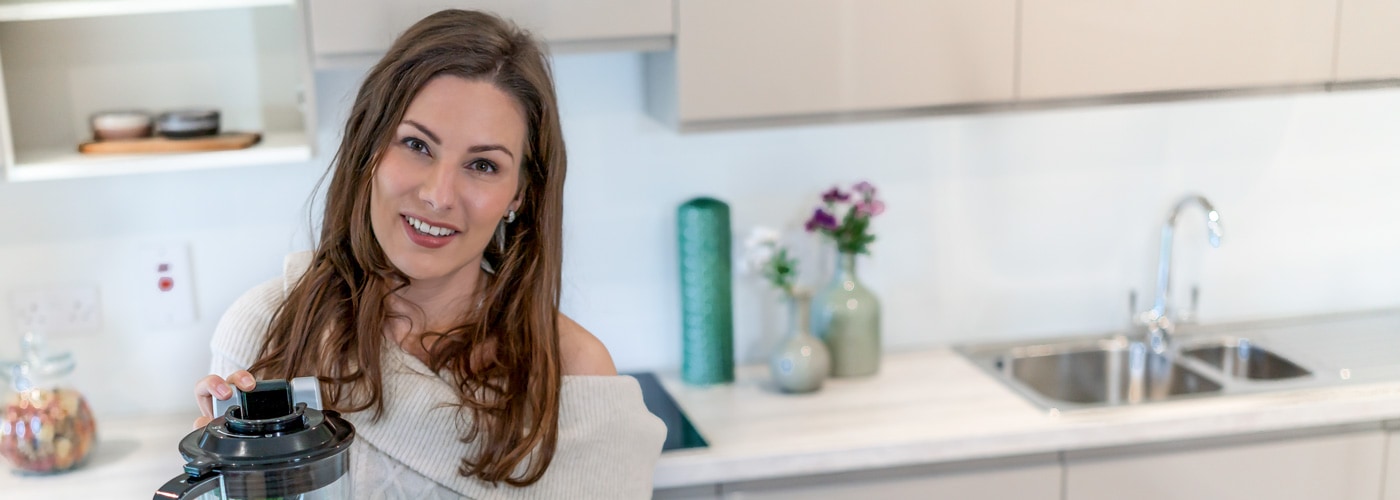

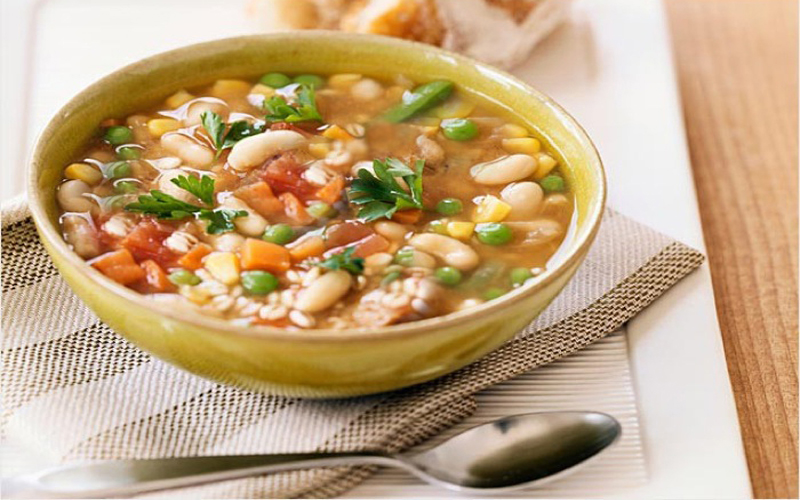

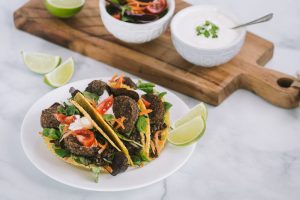

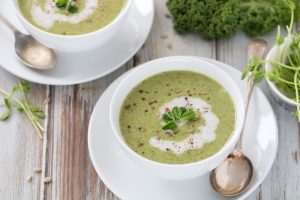


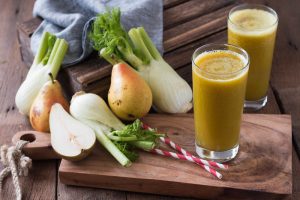
I have used the packages of roasted chestnuts to thicken soups. I add them in when cooking and puree with the soup. It’s a tinge of a nutty flavor but adds great texture
Hi Malka,
thank you for sharing, I have never tried this myself but it sounds delicious. I will definitely give it a go. ~Eva
I have used both white and sweet potatoes to thinken cauliflower, broccoli or asparagus soup. White potato adds less flavour – but sweet potato works too.
I use Xantham Gum to thicken things that would normally use flour (or a roux) and Glucomen to thicken things that use cornstarch. Both can be a bit tricky since u don’t need much! But for a low glycemic diet, these work best.
Anything that absorbs moisture will help too. Things like rice, pasta or oats will do this, plus add some texture to a smooth soup.
Hi Warren, thank you for sharing those tips.
never tried using nuts, thanks for the idea! I’ve also used instant potato flakes (just keep adding until desired consistency), as well as just throwing 2-3 corn tortillas into the soup – they dissolve in a few minutes! Although I’ve mostly only done the corn tortilla trick in tortilla soup, so I don’t know if the corn flavor actually comes thru enough to be odd in other soups.
Thank you Linda, these are some great tips.
I’ve added roasted chestnuts to chili for a paleo diet alternative to kidney beans but they add sweetness to the chili. But chop them up first!
I love cream of Broccoli Cheese Soup or any cream of potato soup but I need to cut calories but not flavor ??? I cannot have nuts –
You can also if like to use or have on hand, I use in some breadings for deep frying, instant potatoes they melt nicely and thicken without gluten products
Cashew creme